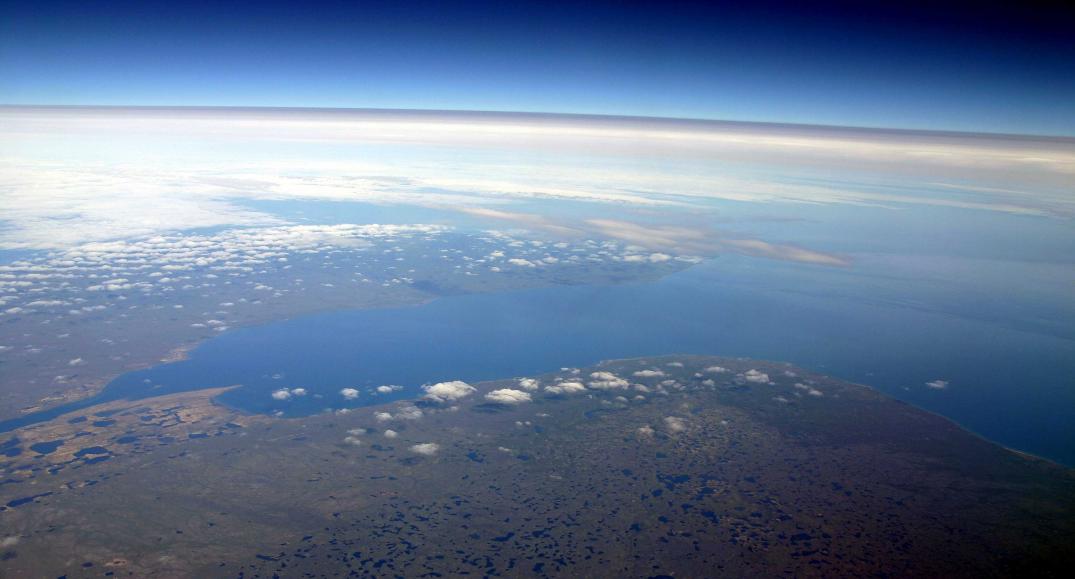Iran is on track to curb emissions of ozone-depleting emissions from 1,358 industrial units in the near future, according to the director of Iran’s Ozone Layer Protection Program.
Speaking at a ceremony in Tehran on Sunday to commemorate three major environmental occasions—International Day for the Preservation of Ozone Layer, 30th anniversary of the Vienna Convention for the Protection of Ozone Layer and 28th anniversary of the Montreal Protocol—Ebrahim Hajizadeh conceded that targeted emissions cuts can only be achieved by upgrading industrial facilities.
“Thanks to the assistance of the parliament, government and international organizations, we’ve made great strides in reducing emissions that harm the ozone layer,” he was quoted as saying by IRNA.
Hajizadeh said the first phase of the program targeted a 5,000-ton reduction in emissions from 25 factories by December 1, “but we have already reached our goal ahead of the schedule”.
The official said the second phase of the program is being prepared for submission to the UN next year to secure funds.
“So far, we have received $60 million from the United Nations to fund the program, while the state budget has also been made available,” he said.
Hajizadeh said every province is equipped with ozone monitors that can be used by experts for analysis before they submit their reports online.
In line with the Montreal Protocol, Iran reduced hydrochlorofluorocarbon imports by 10% by January 1, according to Saeed Motessadi, a deputy at the Department of Environment.
The protocol stipulates the complete phasing out of HCFCs by 2030.
Balasubramaniam Murali, UN Development Program’s deputy resident representative in Iran, praised Iran’s efforts to protect the ozone layer and said, “Iran has been cooperating with the UN since 2012 to help protect the ozone layer by phasing out harmful gasses. We would like to congratulate the country for their achievement.”


